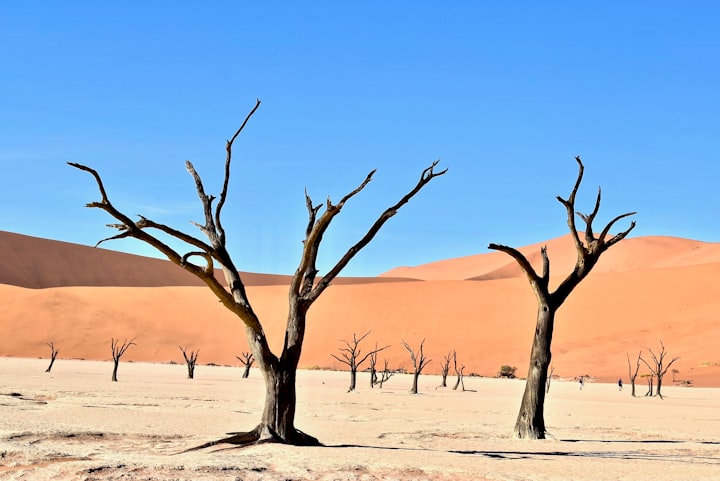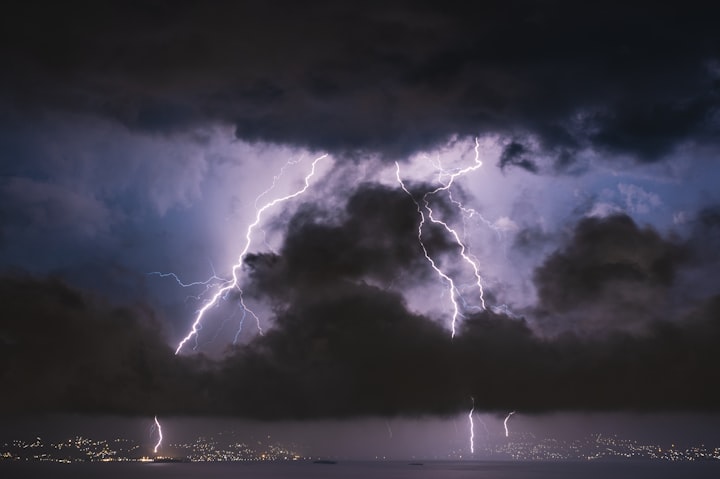Water Scarcity
Addressing the challenges

Water scarcity is a growing problem across the globe, affecting nearly one-third of the world's population. In many countries, water shortages have become a common occurrence, with people struggling to find enough water to meet their basic needs. As the world's population continues to grow and climate change alters weather patterns, water scarcity is likely to become an even more pressing issue.
According to the United Nations, over 2 billion people lack access to safe drinking water, and more than 4 billion people experience severe water scarcity for at least one month per year. The situation is particularly dire in developing countries, where inadequate infrastructure, poor governance, and poverty exacerbate the problem.
In many parts of Africa, water scarcity is a daily reality for millions of people. In sub-Saharan Africa, nearly half of the population lacks access to safe drinking water, and waterborne diseases are a leading cause of death. In addition to the human toll, water scarcity also has economic consequences, as farmers struggle to irrigate crops and industries face production challenges due to inadequate water supplies.
In some regions of the world, water scarcity is compounded by conflict. For example, in the Middle East, the ongoing conflict between Israel and Palestine has led to water shortages for Palestinians, who are dependent on water sources controlled by Israel. Similarly, in Yemen, a civil war has caused widespread damage to water infrastructure and disrupted water supplies, leaving millions of people without access to clean water.
Climate change is also exacerbating water scarcity, as droughts and other extreme weather events become more frequent and intense. In California, for example, a severe drought in 2021 forced farmers to fallow their fields and led to restrictions on water use in cities. Similarly, in India, a prolonged drought in 2019 left millions of people without access to drinking water and caused significant crop losses.
To address water scarcity, governments and organizations are implementing a range of strategies. One approach is to improve water management practices, such as reducing water waste and increasing efficiency in irrigation systems. Another approach is to invest in infrastructure, such as dams, pipelines, and wastewater treatment plants, to improve water supply and distribution. In addition, many organizations are working to increase access to safe drinking water in developing countries, often through the construction of wells, boreholes, and other water sources.
Technology is also playing an increasingly important role in addressing water scarcity. For example, desalination technologies are being used to convert seawater into drinking water, and drip irrigation systems are being developed to reduce water waste in agriculture. In addition, remote sensing technologies are being used to monitor water resources and detect changes in water availability, which can help governments and organizations to better manage water resources.
Despite these efforts, water scarcity remains a significant challenge, and there is a need for continued investment and innovation to address the problem. In addition, water scarcity is often closely linked to other issues, such as poverty, conflict, and climate change, and addressing these broader challenges will be essential to achieving sustainable water management and ensuring access to safe drinking water for all.
In conclusion, water scarcity is a growing problem across te globe, affecting millions of people and posing significant economic and social challenges. While efforts are underway to address the problem, there is a need for continued investment and innovation to ensure access to safe drinking water for all. Additionally, addressing broader issues such as poverty, conflict, and climate change will be essential to achieving sustainable water management and ensuring a future where water is available for all.





Comments
There are no comments for this story
Be the first to respond and start the conversation.